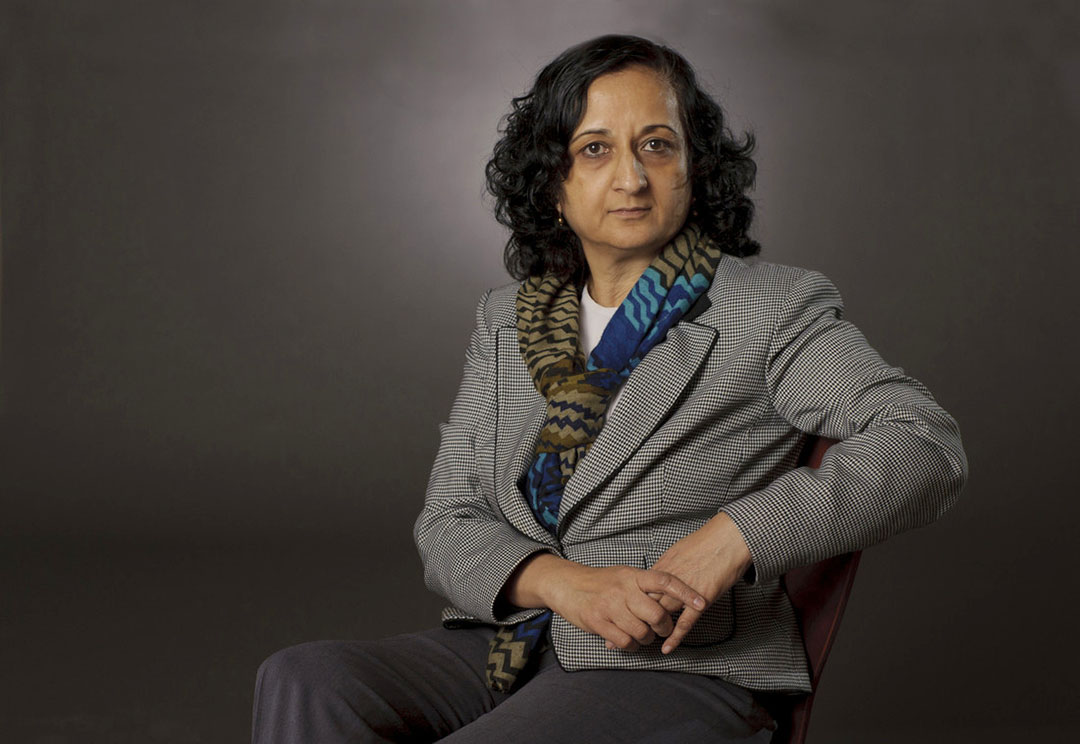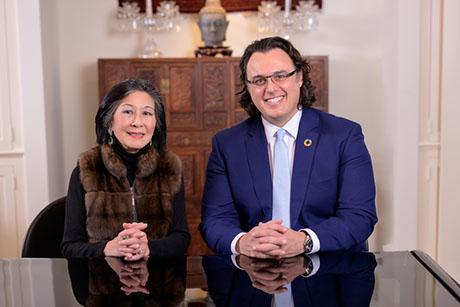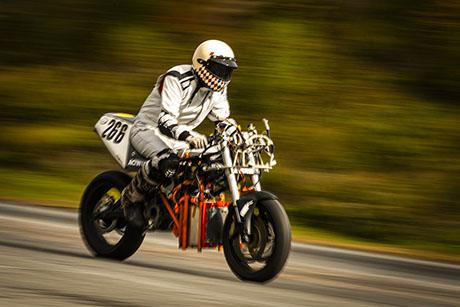Talking Shop: Dr. Anuradha Annaswamy
Much of Anuradha Annaswamy’s research hinges on uncertainty. How does cloudy weather affect a grid powered by solar energy? How do we ensure that electricity is delivered to the consumer if a grid is powered by wind and the wind does not blow? What’s the best course of action if a bird hits a plane engine on takeoff? How can you predict the behavior of a cyber attacker?
“Almost all of our projects have to do with decision making under uncertainty,” explains Annaswamy, a senior research scientist in MIT’s Department of Mechanical Engineering. “If we can design smart infrastructures that are resilient to uncertainty and anomalies, then we can have safer, more reliable systems.”
Annaswamy serves as the Director of MIT’s Active Adaptive Control Laboratory. A world leading expert in adaptive control theory, she was named president of the Institute of Electrical and Electronics Engineers Control Systems Society for 2020. Her team uses adaptive control and optimization to account for various uncertainties and anomalies in autonomous systems. In particular, they are developing smart infrastructures in the energy and transportation sectors.
Using a combination of control theory, cognitive science, economic modeling, and cyber-physical systems, Annaswamy and her team have designed intelligent systems that could someday transform the way we travel and consume energy. Their research includes a diverse range of topics such as safer auto-pilot systems on airplanes, the efficient dispatch of resources in electrical grids, better ridesharing services, and priceresponsive railway systems.
MechE Connects spoke with Annaswamy about how these smart systems could help support a safer and more sustainable future.
How is your team using adaptive control to make air travel safer?
We want to develop an advanced autopilot system that can safely recover the airplane in the event of a severe anomaly – such as the wing becoming damaged mid-flight or a bird flying into the engine. In the airplane, you have a pilot and autopilot to make decisions. We’re asking: how do you combine those two decision makers?
The answer we landed on was developing a shared pilot-autopilot control architecture. We collaborated with David Woods, an expert in cognitive engineering at The Ohio State University, to develop an intelligent system that takes the pilot’s behavior into account. For example, all humans have something known as ‘capacity for maneuver’ and ‘graceful command degradation’ that inform how we react in the face of adversity. Using mathematical models of pilot behavior, we proposed a shared control architecture where the pilot and the autopilot work together to make an intelligent decision on how to react in the face of uncertainties. In this system, the pilot reports the anomaly to an adaptive autopilot system that ensures resilient flight control.
How does your research on adaptive control fit into the concept of Smart Cities?
Smart Cities are an interesting way we can use intelligent systems to promote sustainability. Our team is looking at ridesharing services in particular. Services like Uber and Lyft have provided new transportation options, but their impact on the carbon footprint has to be considered. We’re looking at developing a system where the number of passenger miles per unit of energy is maximized through something called ‘shared mobility on demand services.’ Using the Alternating Minimization approach, we’ve developed an algorithm that can determine the optimal route for multiple passengers traveling to various destinations.
As with the pilot-autopilot dynamic, human behavior is at play here. In sociology there is an interesting concept of behavioral dynamics known as Prospect Theory. If we give passengers options with regards to which route their shared ride service will take, we are empowering them with free will to accept or reject a route. Prospect Theory shows that if you can use pricing as an incentive, people are much more loss-averse so they would be willing to walk a bit extra or wait a few minutes longer to join a low-cost ride with an optimized route. If everyone utilized a system like this, the carbon footprint of ridesharing services could decrease substantially.
What other ways are you using intelligent systems to promote sustainability?
Renewable energy and sustainability are huge drivers for our research. To enable a world where all of our energy is coming from renewable sources like solar or wind, we need to develop a smart grid that can account for the fact that the sun isn’t always shining and wind isn’t always blowing. These uncertainties are the biggest hurdles to achieving an all-renewable grid. Of course, there are many technologies being developed for batteries that can help store renewable energy, but we are taking a different approach.
We have created algorithms that can optimally schedule distributed energy resources within the grid – this includes making decisions on when to use onsite generators, how to operate storage devices, and when to call upon demand response technologies, all in response to the economics of using such resources and their physical constraints. If we can develop an interconnected smart grid where, for example, the air conditioning setting in a house is set to 72 degrees instead of 69 degrees automatically when demand is high, there could be a substantial savings in energy usage without impacting human comfort. In one of our studies, we applied a distributed proximal atomic coordination algorithm to the grid in Tokyo to demonstrate how this intelligent system could account for the uncertainties present in a grid powered by renewable resources.
Why is it important for mechanical engineers in particular to be looking at how to build intelligent systems?
Mechanical engineers have a rich culture of being true to physics. So when we design these intelligent systems, we pay particular attention to the fact that they will live in the physical world. Moving an atom is not the same thing as moving a bit – you need to have an understanding of the fundamental physics at play in these situations. We need to develop systems that have cyber, physical, and human components. Each part is equally important to build successful intelligent systems. And I think mechanical engineers are in the best position to understand how they interconnect.



